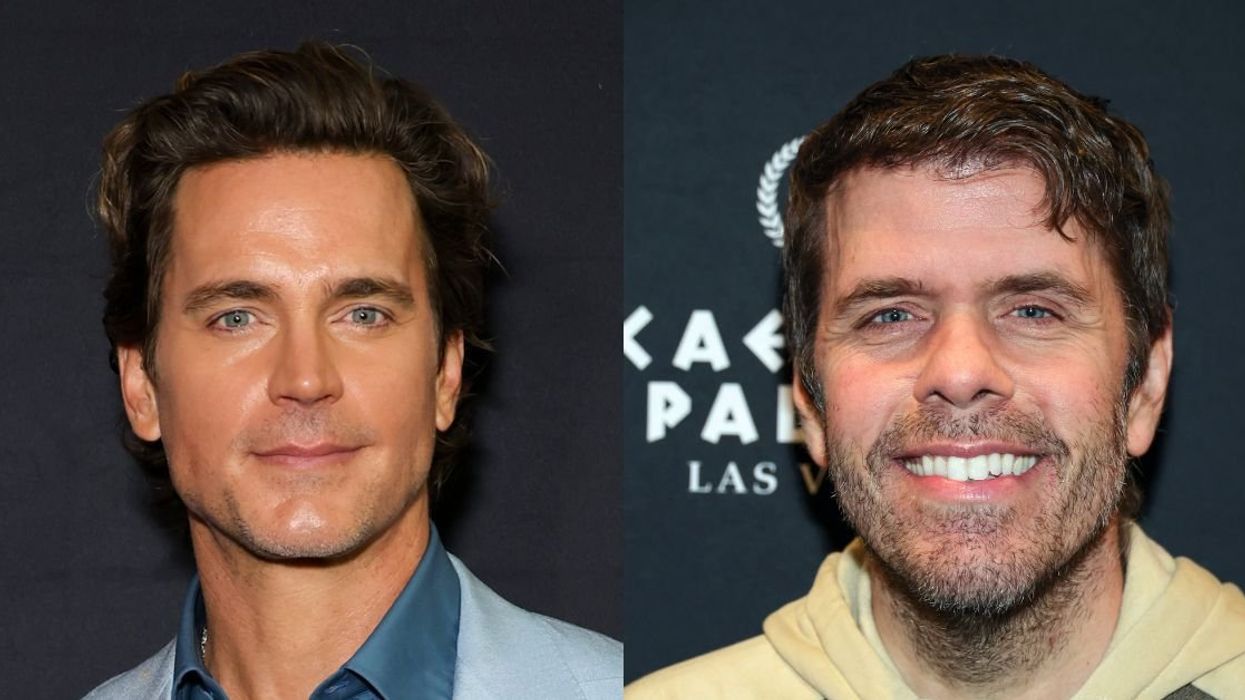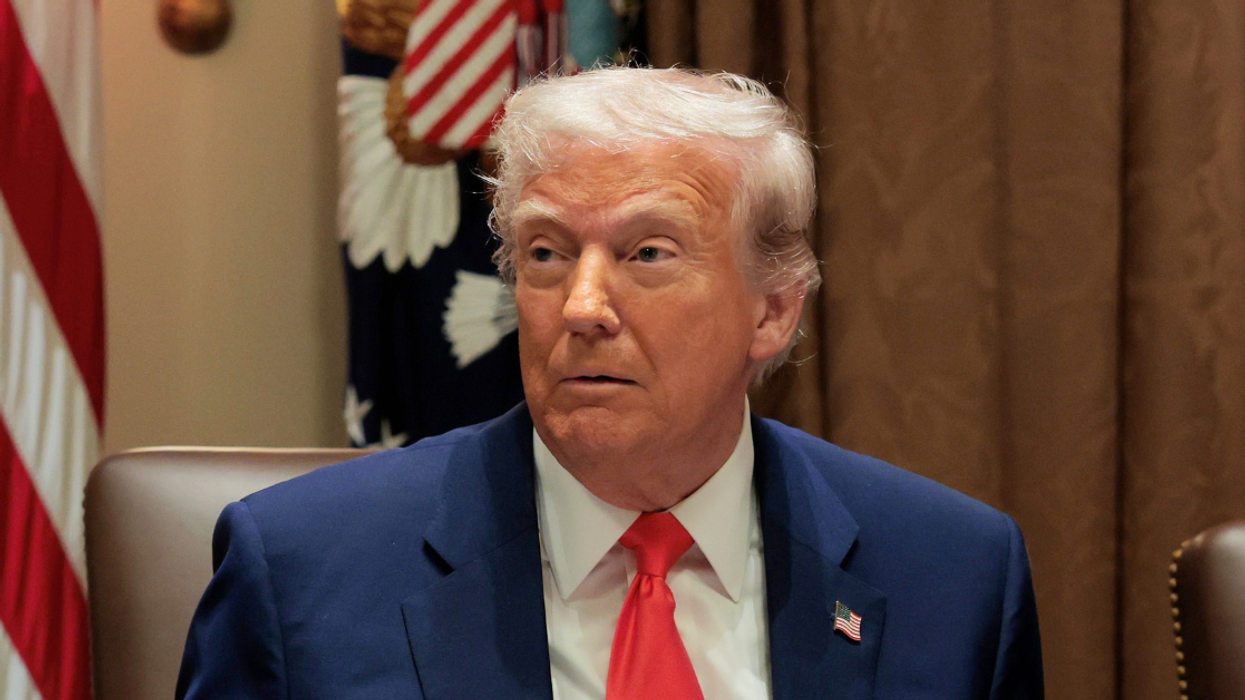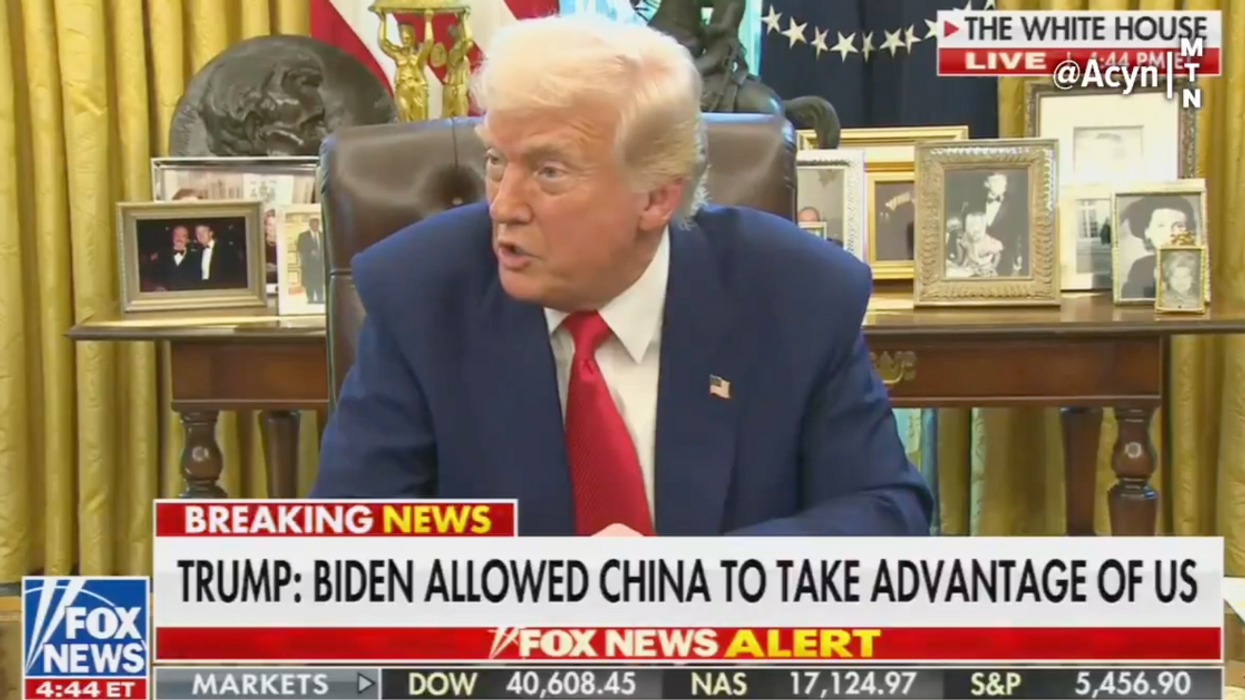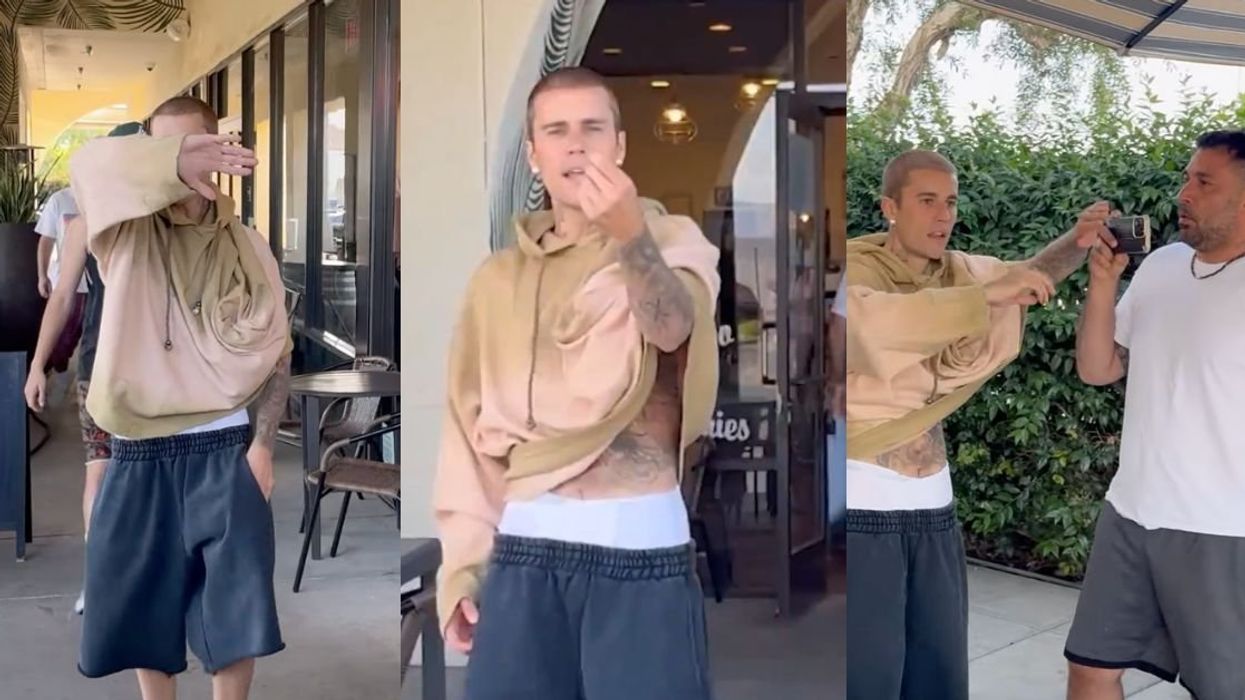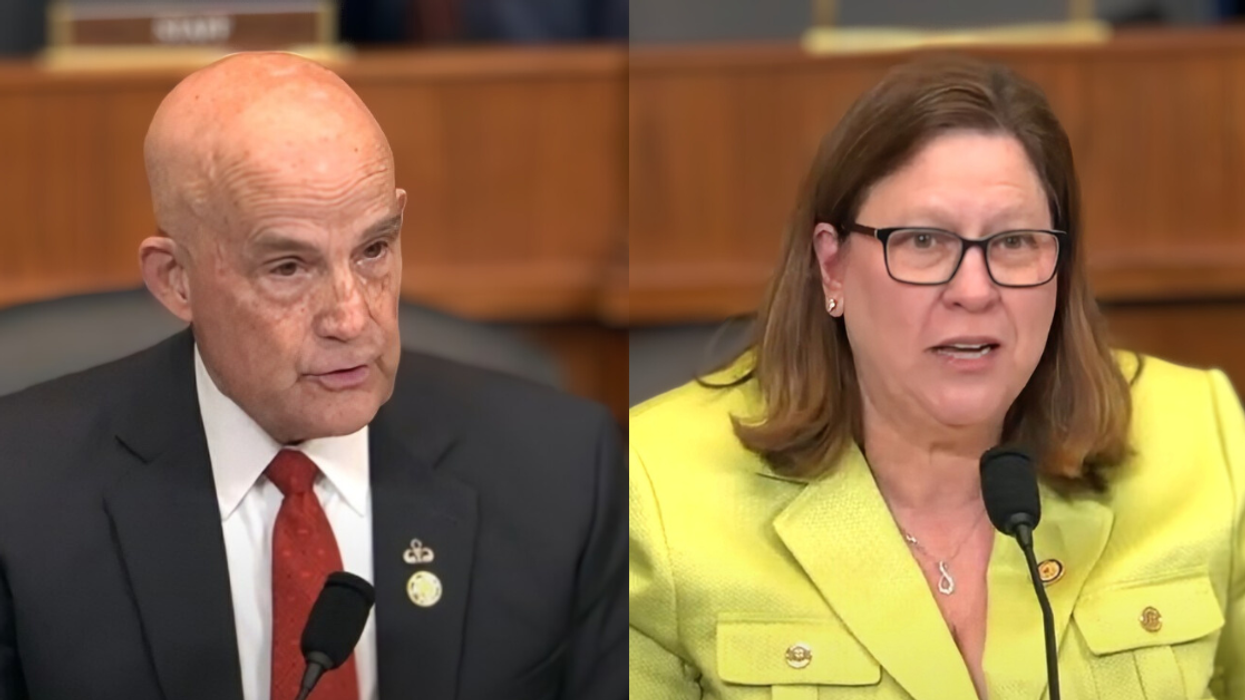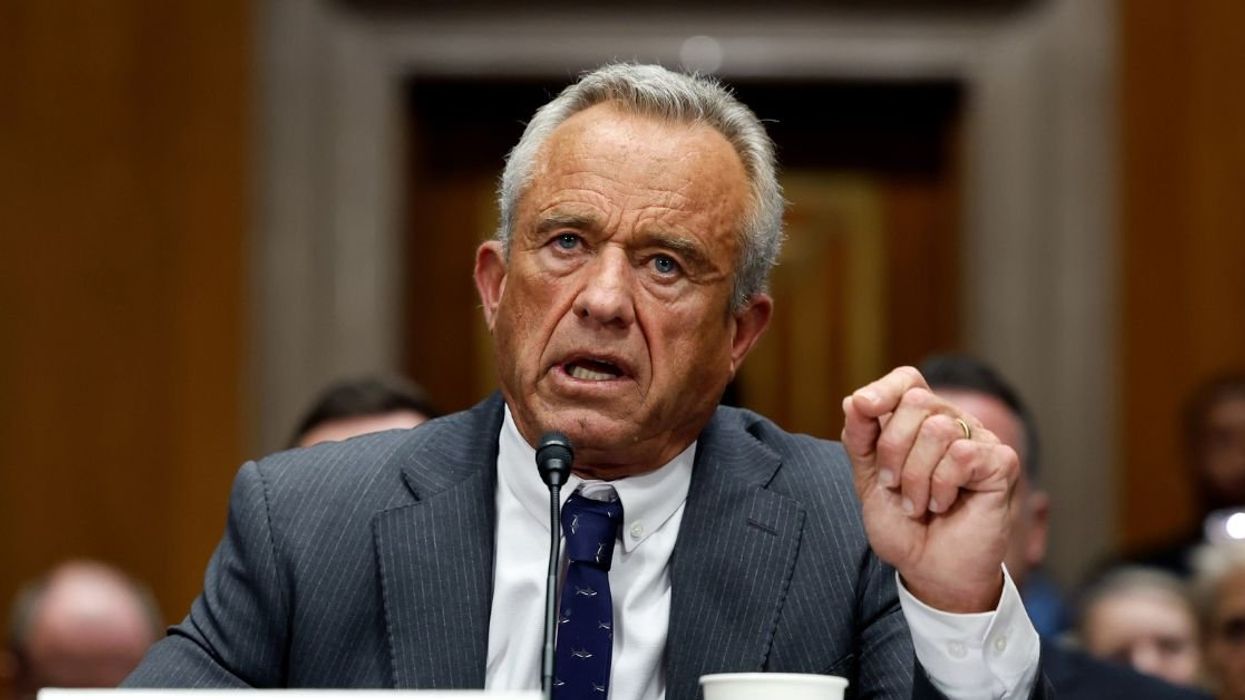Galvanized by a Minneapolis police officer's killing of George Floyd on May 25, protests swept across the U.S. over the weekend as millions of Americans demanded greater accountability for racial bias by law enforcement and acts of police brutality.
On both Saturday and Sunday, peaceful demonstrations throughout the day transformed into chaotic scenes of violence and looting overnight.
During one especially tense moment on Saturday night, a T-Mobile in Seattle was destroyed and raided by a group of people.
While arresting an individual, one Seattle Police Officer employed an all-too familiar method of restraint: he forced his knee into the suspect's neck and held it there.
The officer that killed George Floyd did so by driving his knee into Floyd's neck and holding it there for over seven minutes.
The entire ordeal in Seattle was caught on camera by Crosscut photojournalist Matt M. McKnight, who posted the footage on both Twitter and Instagram.
Cops arrived and started arresting looters. #seattleprotest pic.twitter.com/ThyZoUCuQ8
— Matt M. McKnight (@mattmillsphoto) May 31, 2020
The video showed that as the police officer drove his knee into the suspect's neck, multiple protesters off camera loudly demanded he remove his knee:
"Get your f***ing knee of his neck."
The other arresting officer then used his hand to force his colleague's knee off the man's neck.
But the story took an even grimmer turn when, shortly after, McKnight posted a longer version of that same footage.
This one didn't upload properly earlier. Here's the full scene of SPD striving at Tmobile to start arresting looters. #seattleprotest pic.twitter.com/LXENOZfggn
— Matt M. McKnight (@mattmillsphoto) May 31, 2020
The longer video captured what appeared to be a pattern.
The same officer drove his knee into another person's neck just moments before he then ran over to restrain the victim seen in the original, shorter viral video. Twitter users were enraged when they saw the videos.
Many responses were appalled at the continued use of such a dangerous method.
Is putting all their weight on someone's neck something taught in the academy? Or do they just pick it up by watching other officers do it?
— meseeksordie (@bald_negro) May 31, 2020
They haven't learned anything
— necroreefer (@necroreefer) May 31, 2020
Y'all still ain't learn...okay!!! We back at it tomorrow
— RR (@Ruimgal) May 31, 2020
For others, the tweet conveyed how avoidable Floyd's death was, just a week before.
If only the other cop removed the knee from the mans neck a week ago...
— J Vincent (@loboclone76) May 31, 2020
Damn...it was really that simple smh 🤦🏽♂️ #gerogefloyd #BlackLivesMatter
— Decepticon. (@ThexLionsxDen) May 31, 2020
Other tweets expressed a general feeling of hopelessness.
They felt the moment illustrated that a fundamental change to police conduct was still far away.
I wonder if the cop who pulled his fellow policeman's knee off the neck of the protester was because he thought there may be filming? Sadly we have come to this possibility 😢
— JeanneD 🐘 (@JeanneSofia) May 31, 2020
That's what you saw in that video? I saw another possible fatality from the exact same excessive use of force that sparked the protests. Without the bystanders yelling & the other LEO forcing him to move, there could have been another tragedy. But that's just me-a normal human.
— Kitty Vons (@KittyVons) May 31, 2020
Had no intention of moving his knee until his mans did it for him..smh
— D-Stacks💰 (@Shanee_Stacks) May 31, 2020
The weekend's protests produced multiple viral videos of high-intensity moments like this one. As unrest presses on, it's clear that smartphones will be a pivotal tool used to drive police accountability.



